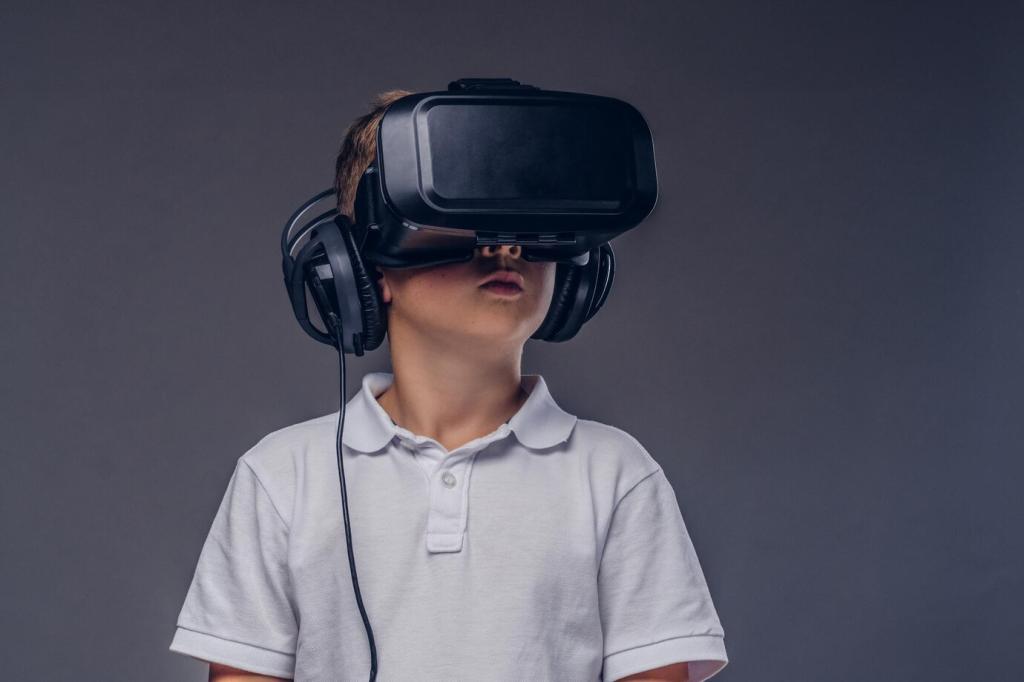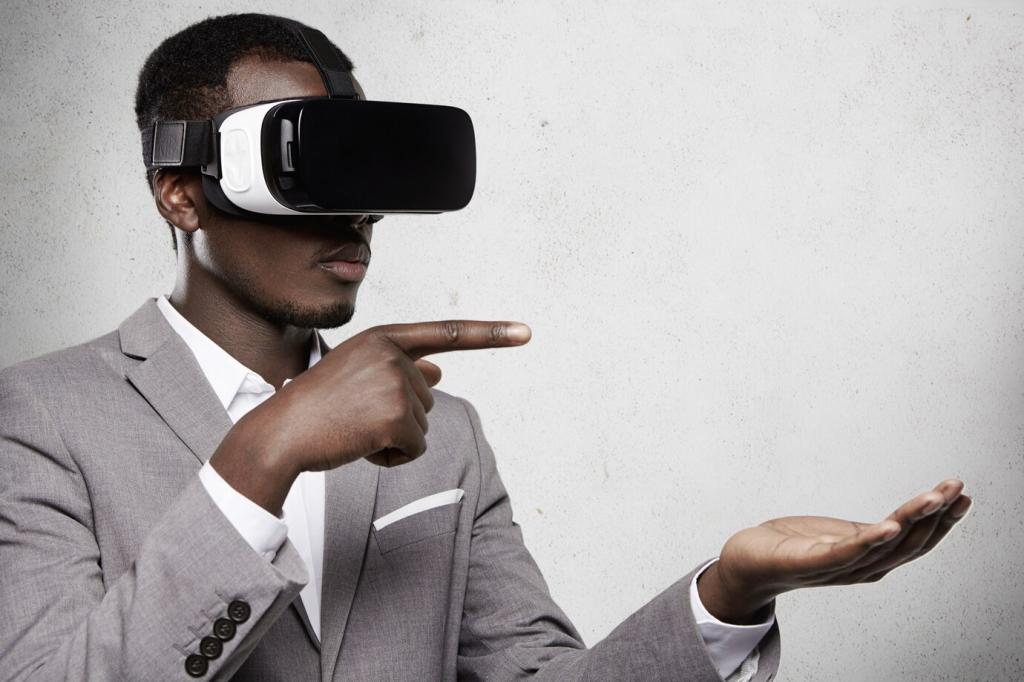
Virtual Reality in Education: A New Frontier for Immersive Learning
Virtual reality (VR) is revolutionizing the educational landscape, providing students and educators with transformative ways to explore, interact, and learn. As VR technology continues to evolve, its integration into classrooms and learning environments is opening doors to previously unimaginable experiences. This new wave of immersive learning not only enhances engagement but also pulls down barriers to understanding, making complex concepts accessible to students of all backgrounds. With the rise of VR, education is stepping into a frontier where learning is not just absorbed but truly experienced, offering a dynamic and personalized approach that promises to reshape the future of teaching and knowledge acquisition.
Transforming Traditional Learning Approaches
Enhancing Engagement and Motivation
Virtual reality captivates learners like never before by immersing them in interactive environments that fuel curiosity and motivation. Gone are the days when students only consumed information from static pages; VR allows them to participate actively, leading to higher levels of engagement. Whether it’s walking through the halls of ancient civilizations or manipulating molecular models in three dimensions, students are no longer passive recipients but active explorers. The sense of presence created by VR helps diminish distractions and harness focus, translating to more effective learning sessions and improved retention rates.
Catering to Diverse Learning Styles
Every student has a unique way of processing and understanding information. Traditional teaching often fails to address the spectrum of learning preferences within a classroom, but VR provides a platform where visual, auditory, and kinesthetic learners can all thrive. Through dynamic simulations, interactive narratives, and tactile experiences, VR adapts educational content to suit each learner’s strengths. For example, while visual learners benefit from exploring detailed 3D models, hands-on learners find value in physically interacting with virtual objects. This adaptability fosters an inclusive environment, ensuring no student is left behind due to conventional limitations.
Supporting Self-Paced and Personalized Learning
One of the greatest strengths of virtual reality in education is its ability to personalize learning experiences. VR environments can be designed to deliver content at variable levels of difficulty and depth, adapting in real time to a student’s progress. Learners can revisit materials as often as needed, mastering concepts before moving forward. This self-paced approach empowers students to take ownership of their education, building confidence and independence. Teachers, in turn, can utilize VR analytics to monitor individual performance and offer targeted support, further personalizing the educational journey.
Expanding Educational Opportunities and Accessibility
01
As remote and hybrid learning models become increasingly prevalent, VR offers a powerful antidote to the challenges of distance education. Unlike conventional video calls or online documents, VR creates shared spaces where students and teachers can interact much as they would in a traditional classroom. Group projects, discussions, and collaborative problem-solving sessions take on a new dimension when students can “meet” in virtual laboratories, historical settings, or art studios. This interactive component restores the sense of community and participation that is often lost in remote learning environments.
02
Virtual reality dissolves geographical boundaries, enabling students from different cultures and continents to collaborate and share experiences in real time. Through shared VR experiences, classrooms in disparate parts of the world can unite to study global issues, participate in cultural exchanges, or work together on scientific investigations. This global connectivity broadens perspectives, nurtures cross-cultural understanding, and prepares students for a more interconnected world. Virtual field trips to foreign countries or participation in international lectures become accessible to all, regardless of location or economics.
03
For learners with special needs, virtual reality can serve as an invaluable tool for overcoming challenges that standard educational settings may impose. Tailored VR programs can facilitate individualized instruction, accommodate sensory sensitivities, and offer alternative pathways for communication and expression. Students who might struggle with mobility, focus, or social interaction in a traditional classroom can thrive in adaptive virtual environments. Through immersive simulations and assistive technologies, VR fosters independence and builds self-confidence, ultimately contributing to more inclusive and empowering educational experiences.
Deepening Understanding Through Immersive Experiences

Complex subjects such as advanced mathematics, quantum physics, or human anatomy often pose challenges due to their level of abstraction. Virtual reality bridges this gap by providing interactive models and simulations that make invisible processes visible and hands-on. Students can manipulate molecules, visualize mathematical theories, or travel through the human circulatory system, discovering how abstract principles operate in real time. This sensory-rich approach not only clarifies difficult concepts but also stimulates curiosity and a love of learning, encouraging students to delve deeper into subjects they might once have found intimidating.
